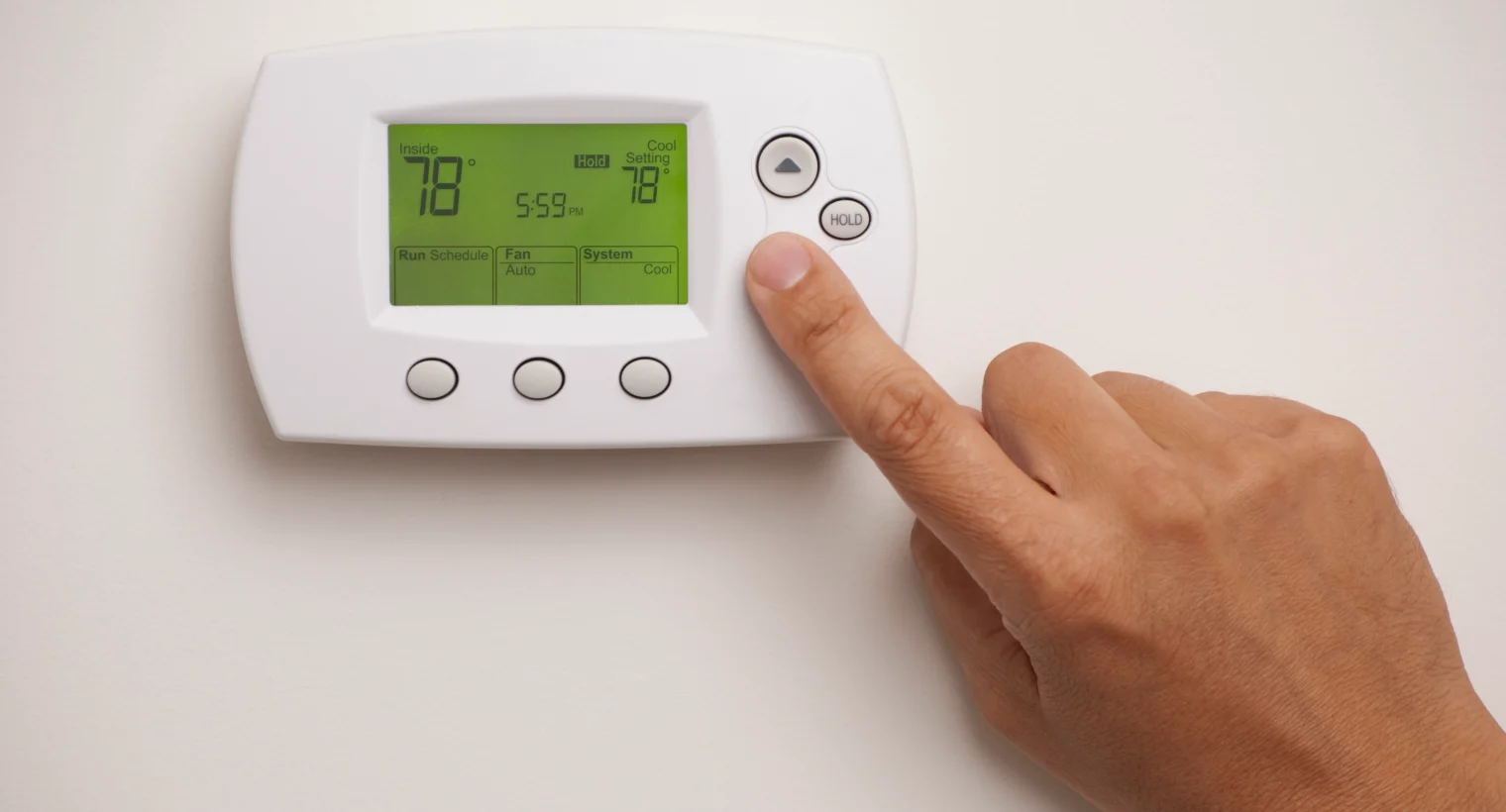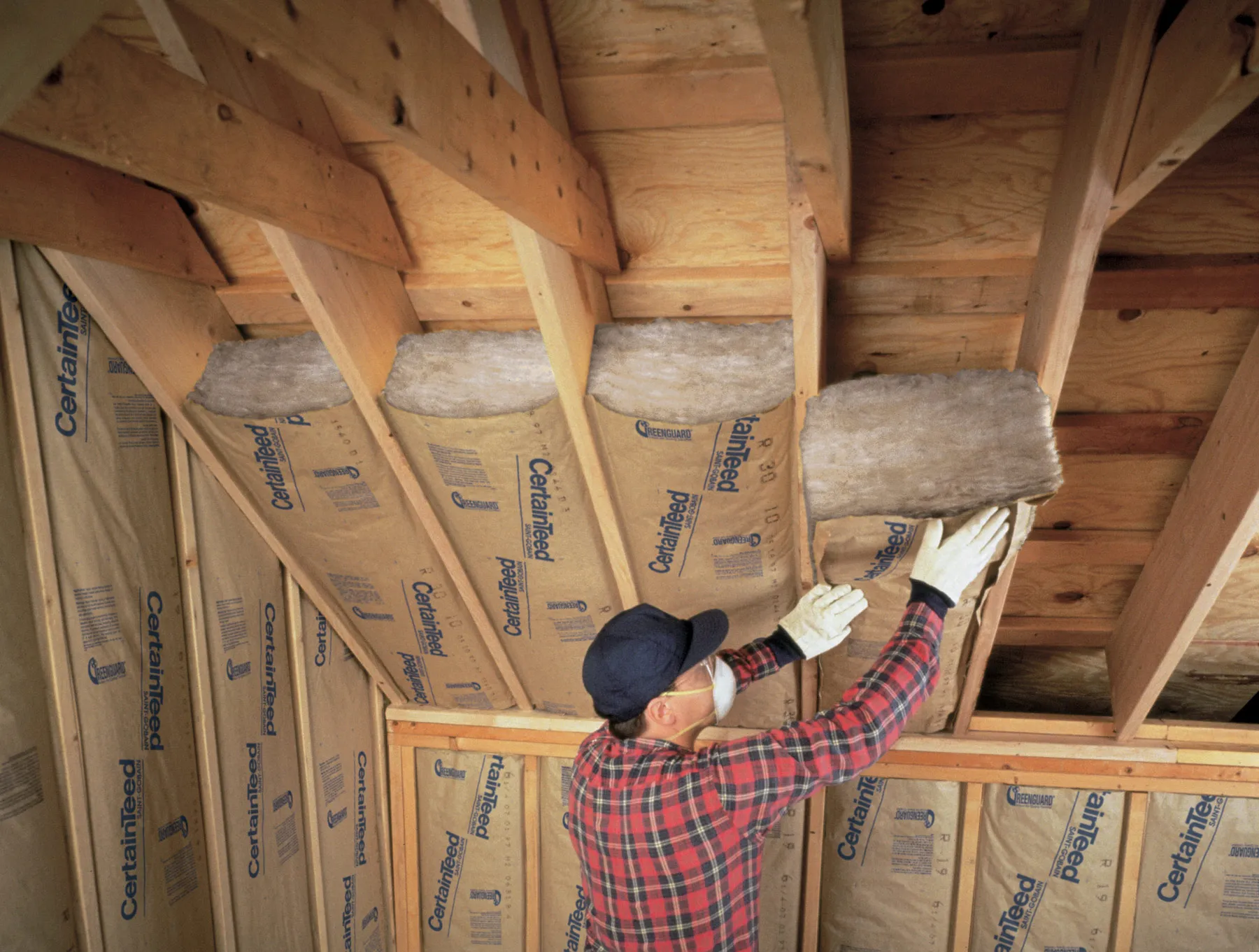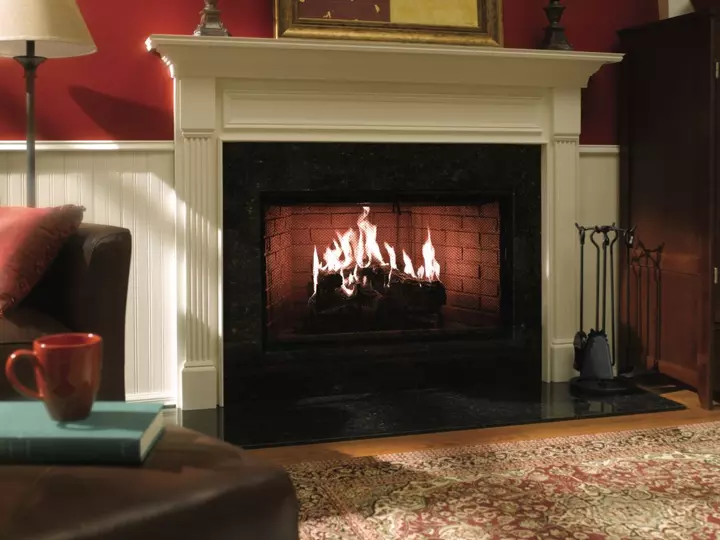Here is our list of top winter-saving energy tips for 2024! As winter sets in with its usual severity, managing energy costs becomes a priority for many. Heating your home during these cold months can significantly impact your energy bill. Our article is designed to reduce your heating expenses and improve energy efficiency. Some of our favorite (and easiest) ways to save money include switching to LED bulbs and using a programmable smart thermostat! So enjoy our top 15 ways to achieve substantial energy savings this winter!
Here at The Energy Professor, we want to give you the information you need to not only save money on your energy bill but to also become more energy efficient. We hope you find this post helpful and makes it easier for you to save in the wintertime on energy. Be sure to also check out our one-of-a-kind energy savings calculator!
The Energy Professor Electricity Rate Check Tool
Energy Saving Tips for Winter 2024
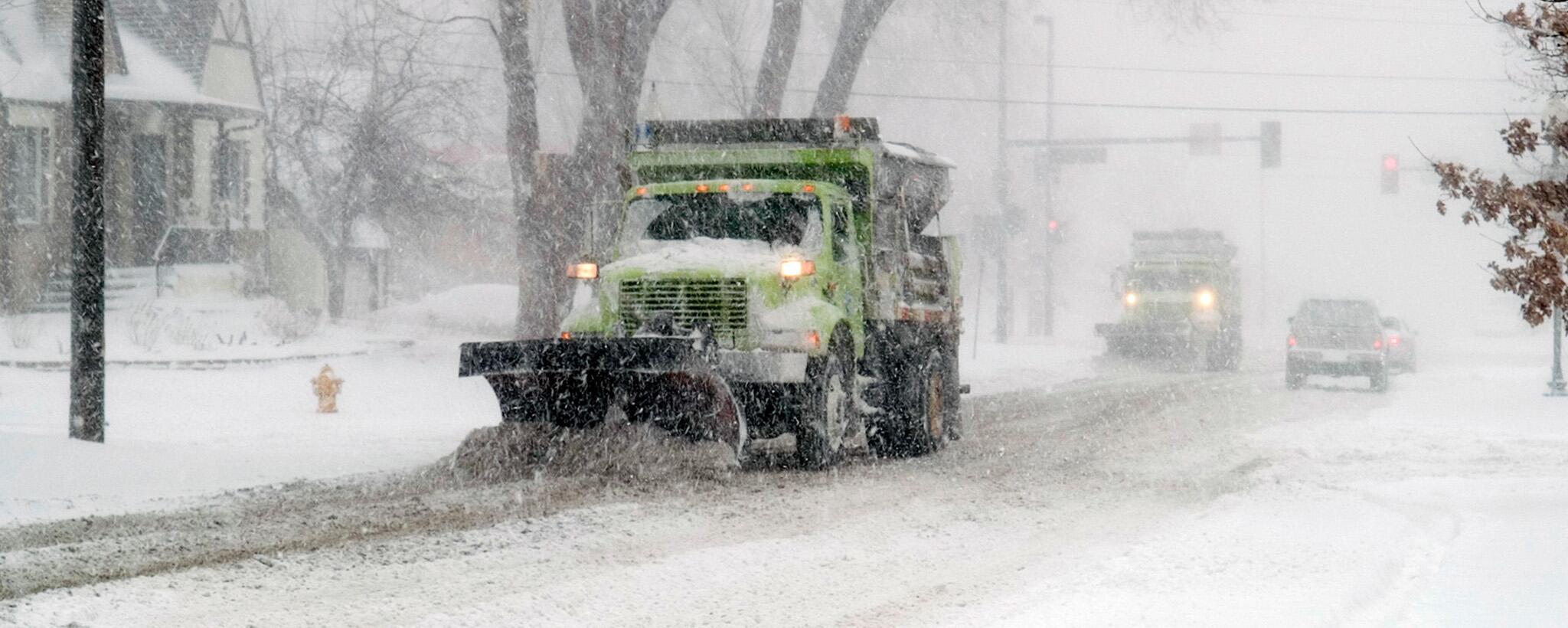
Saving electricity in winter can be more difficult than in the summer. With the constant use of heaters and more time spent indoors, your electric bill can escalate quickly. Unlike summer, where air-conditioned areas and swimming pools offer respite from the heat. Winter is more of an indoor season. This naturally increases our energy usage to stay warm. However, simple measures like layering clothes for warmth or switching to energy-efficient bulbs can make a significant difference. That’s why we’ve put together a list of practical and easy-to-implement tips for saving energy in the winter months!
How Can I Avoid High Heating Bills 2024?
- The best way to avoid a high heating bill is to take many small actions that reduce your energy usage. There is no “one thing” that will reduce your energy significantly enough to lower your monthly bill. There are many small things you can do that will add up to save you money!
It’s important to know how to lower electricity bills in winter. But this will also help you reduce your carbon footprint! Thankfully there are several ways to reduce your energy usage in the winter. Below we will list out the 15 best energy saving tips for winter. You can use these tips if you own your own home or are renting. So let’s dive into the 2024 winter saving energy tips.
Related Post:Best Electricity Saving Devices
15 Ways to Cut Down on Your Home Electric Bill in Winter 2024
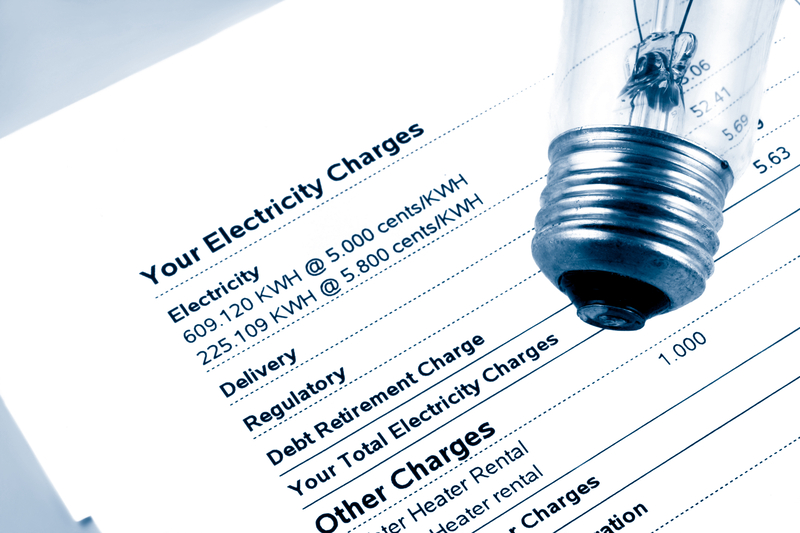
When it comes to the top 15 ways to save money on electric bills in winter 2024, you have to take a look at the small things. If we are honest, there is not one large step you can take that will drastically lower your energy bill. It’s the many smaller steps you can take where you will see the biggest differences. As you try to lower your energy bill, also consider taking a look at your energy rates. This could help you save big on your annual energy bills. But let’s go over some of the most effective wintertime energy-saving tips!
Best Energy Saving Tips for Winter 2024
- 1 – Switch to a Smart Thermostat
- 2 – Check the insulation in your house
- 3 – Weatherstrip your doors
- 4 – Adjust your water heater’s temperature
- 5 – Don’t block your air vents
- 6 – Give your heating system a yearly check-up
- 7 – Closer the damper when not using the fireplace
- 8 – Turn your holiday lights off with a timer
- 9 – Use LED light bulbs instead of CFL or incandescent bulbs
- 10 – Unplug unused electronics
- 11 – Layer clothes and blankets
- 12 – Only wash and dry full loads of laundry
- 13 – Insulate your pipes
- 14 – Let the sun in during the day
- 15 – Place rugs down on hard floors
Related Post: Why is My Electric Bill so High?
#1 – Switch to a Smart Thermostat – Best Energy Saving Tips for Winter 2024
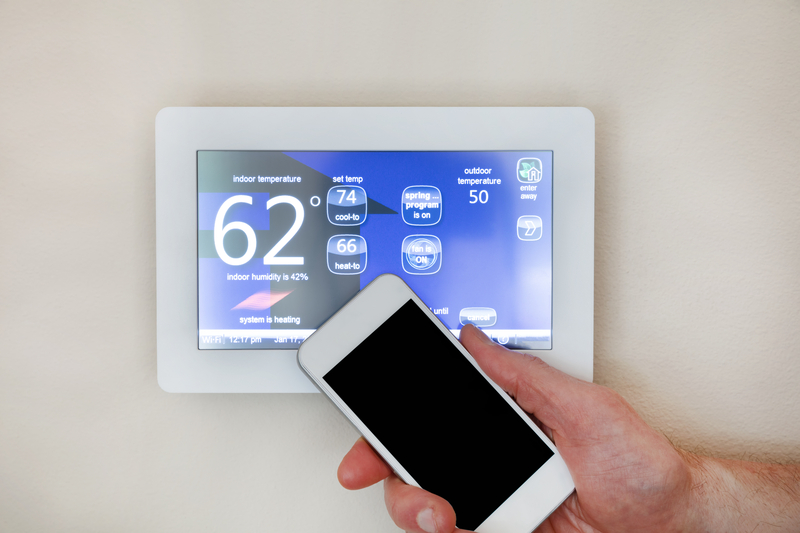
Difficulty: 4/10
Cost: $80 – $250
How to: Installing a smart thermostat is a simple DIY house project. Most smart thermostats come with audio, visual, or written instructions and take about 20-30 minutes to install!
Why This Works: Switching to a smart thermostat has many benefits that will help you with saving electricity in winter. The largest is that it will turn the heat on and off less frequently without sacrificing your comfort. A digital thermostat is more sensitive to temperature and will adjust more accurately. They also can control the temperature in your house when you aren’t home! So there is no wasted energy heating your empty house.
Related Post: How to Save Money on a Thermostat
#2 – Check the Insulation in Your House – Winter Energy Saving Tips
Difficulty: 1/10
Cost: Free to check, $3,000 – $10,000 to install
How to: You can check if your home is properly insulated yourself! All exterior walls in your home should feel warm. If they feel cold or damp, they are not properly insulated which can be a big detriment to energy saving in winter.
Why This Works: Properly insulating your home provides resistance to heat flow. This means that heat will have a more difficult time escaping your home. The insulation acts as a padding between the exterior wall of your home, and the wall you can see within your home. This barrier of padding can help you save money on electric bills in winter big time. Also with cooling your home in the summer.
Related Post: How to Lower Your Electric Bill
#3 – Weatherstrip Your Doors and Windows – Best Winter Energy Saving Tips
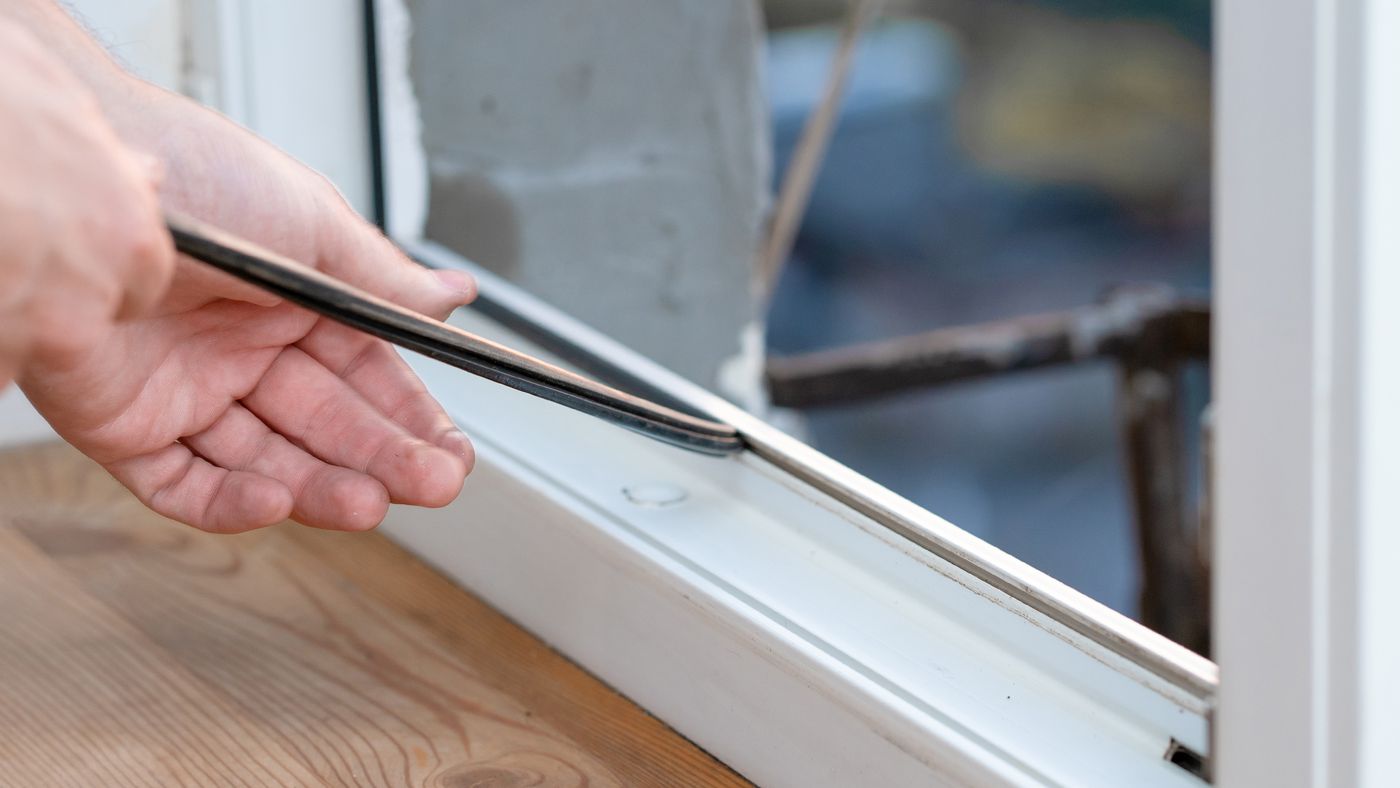
Difficulty: 3/10
Cost: $129 – $427 depending on how much you need
How to: One of our most used winter energy-saving tips is to purchase weather stripping yourself for a low cost and self-install! You will need to prep, measure, and cut the strip before installing it per the instructions in the box.
Why This Works: Sealing your doors and windows with weather strips helps reduce energy bills by eliminating drafts. The weather strip is made to fill any gaps between the connecting points of the door or window to your home. This will prevent any heat from escaping through small cracks or gaps between the existing seals. Making this one of the best energy-saving tips for winter months.
Related Post: Best Electricity Saving Devices
#4 – Adjust Your Water Heater’s Temperature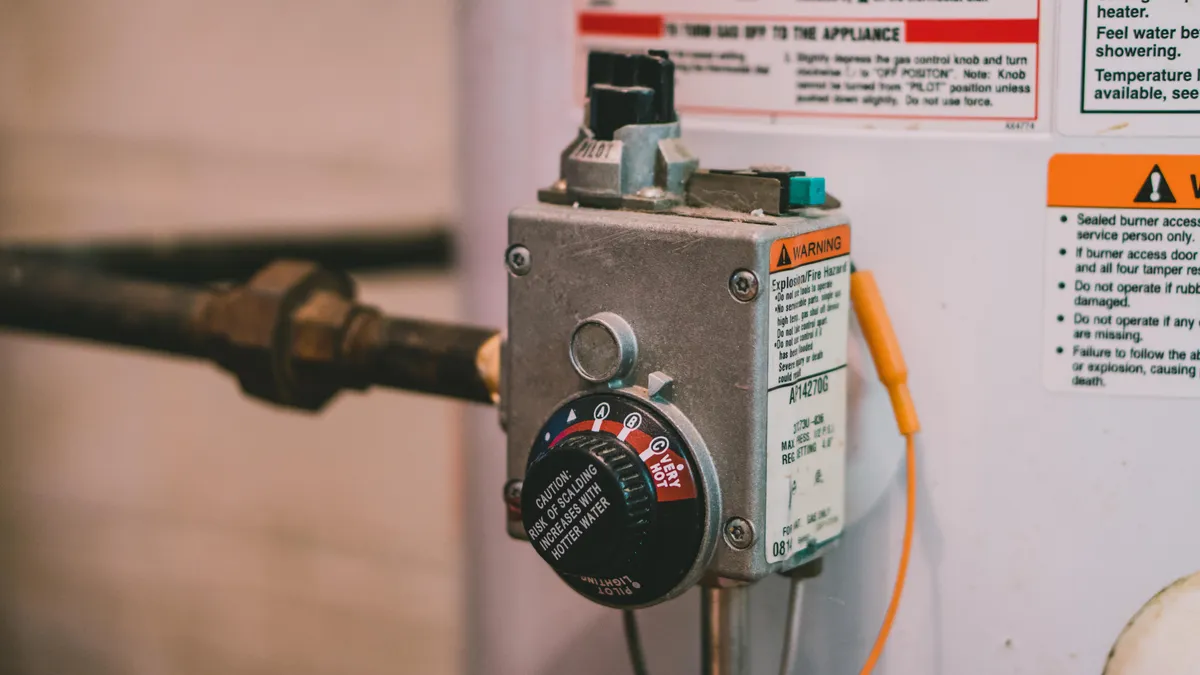
Difficulty: 1/10
Cost: $0 – That’s why this is one of the best energy-saving tips for the winter because it’s free and anyone can do it.
How to: Simply turn the dial at the front of your heater to the desired temperature.
Why This Works: By lowering the temperature of the hot water in your home, you will save on the cost of heating that water to a warmer temperature. The recommended temperature is 120 degrees F. You can adjust this temperature as you see fit! Making this one of the easiest energy-saving tips for winter.
Related Post: Gas or Electric Dryer: Which is Better?
#5 – Don’t Block Your Air Vents – Energy Saving Tips for Winter
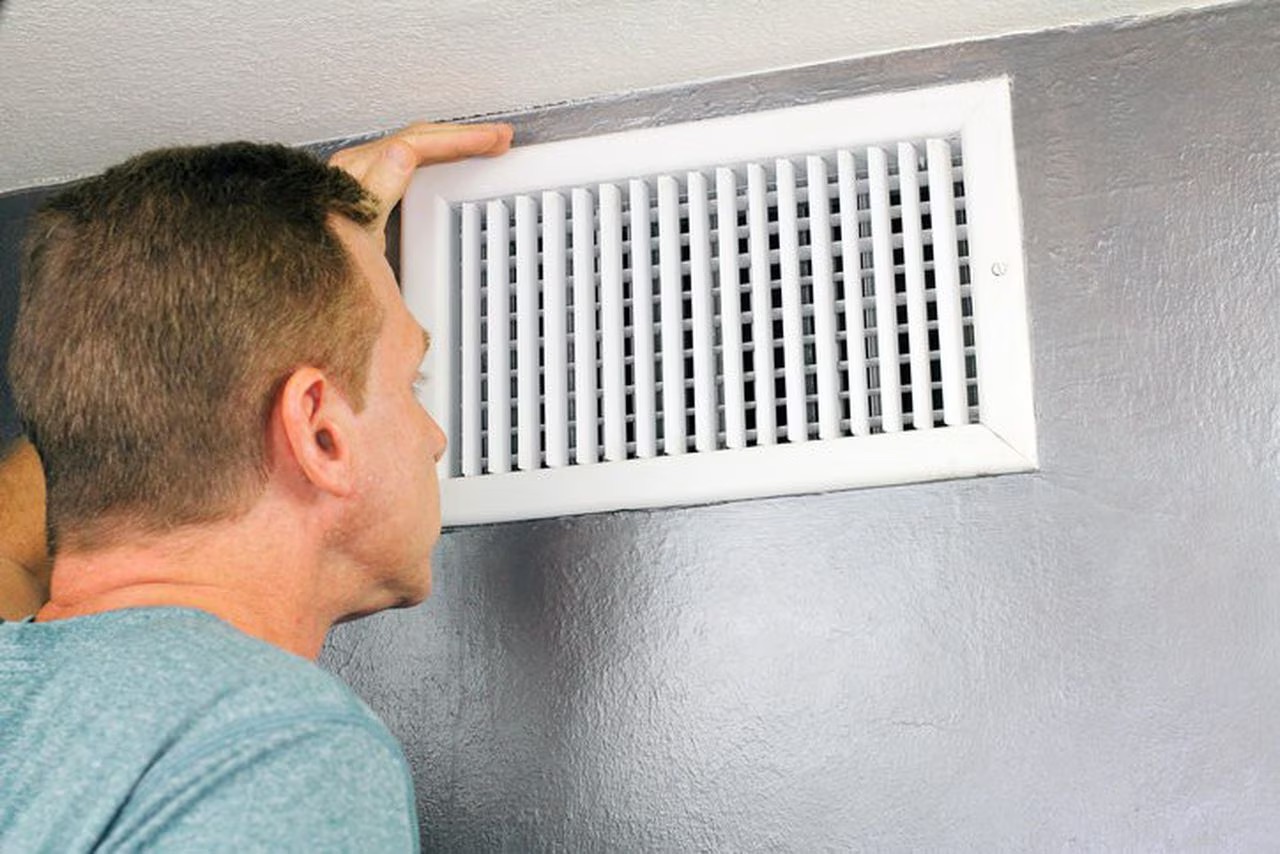
Difficulty: 0/10
Cost: $0
How to: Make sure there is nothing obstructing air vents inside or outside of your home
Why This Works: The biggest reason this is an energy-saving tip for winter is because of airflow. The warm air from your heater can only heat your room if it’s unobstructed. It’s best not to have any large pieces of furniture blocking vents in your main living spaces. Mainly couches or entertainment stands block the vents supplying heat to your living room. Or a bed or dresser blocking the one in your bedroom. By keeping these vents free to heat your room, your thermostat will not have to run as long.
Related Post: How to Understand Your Electric Bill
#6 – Give Your Heating System a Yearly Check-Up
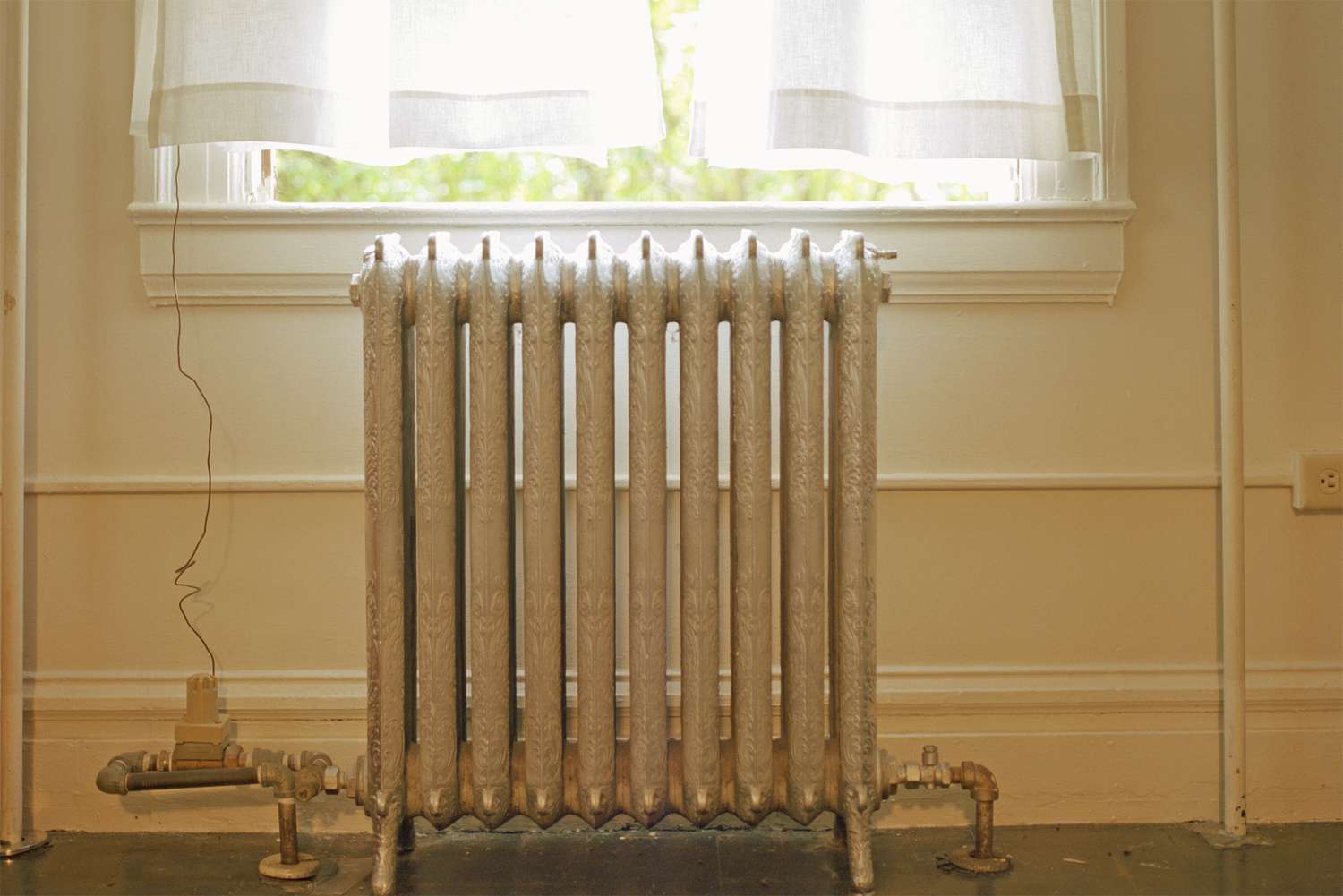
Difficulty: 6/10
Cost: $50 – $400
How to: We recommend hiring a professional for this winter energy-saving tip
Why This Works: While this is one of the tips that requires professional work, this should be an annual appointment you have. A tune-up on your heating system will not only save you money, but it can also save your life! Checking your heating system can prevent any extreme accidents that can happen while using your system. It can also save you money on repair bills once that accident occurs.
Most people don’t know how much having outdated or dirty equipment can affect how well something will run for you. That’s why the best energy-saving tip for winter is to make sure everything is running in tip-top shape!
Related Post: How Much Energy Does it Take to Run a Space Heater?
#7 – Closer the Damper When Not Using the Fireplace – Winter Home Energy Saving Tips 2024
Difficulty: 1/10
Cost: $0
How to: Most fireplaces have a handle that will open and close the damper
Why This Works: Having the damper open while the fire is burning is necessary. Closing the damper once the embers are fully snuffed out is also necessary if you want to save money on your heating bill! Closing the damper will prevent any of the heat from escaping up the fireplace and cooling off your home.
Related Post: How Much Electricity Does a Hot Tub Use?
#8 – Turn Your Holiday Lights Off With a Timer
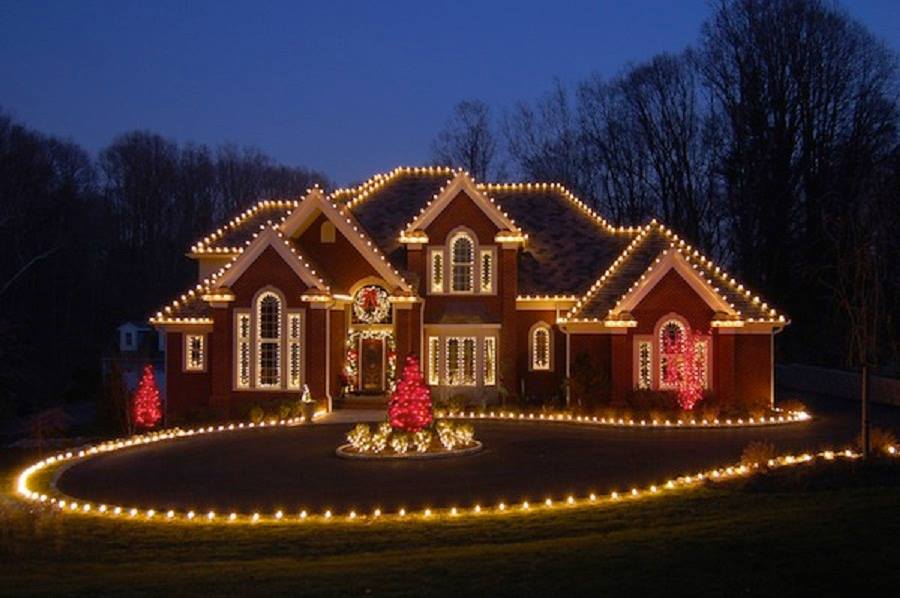
Difficulty: 2/10
Cost: $6 – $100
How to: Simply plug in your holiday lights to a timer device
Why This Works: Let’s face it, a lot of people aren’t going to be enjoying holiday lights past 11 pm. So why should you spend money on electricity for them any longer than you have to? Having a timer for your holiday lights will prevent them from using up electricity after a certain time. This will help save money on your electric bill since the lights will turn off when you time them to!
Related Post: Computer Sleep vs Hibernate, What’s the Difference?
#9 – Use LED Light Bulbs Instead of CFL or Incandescent Bulbs
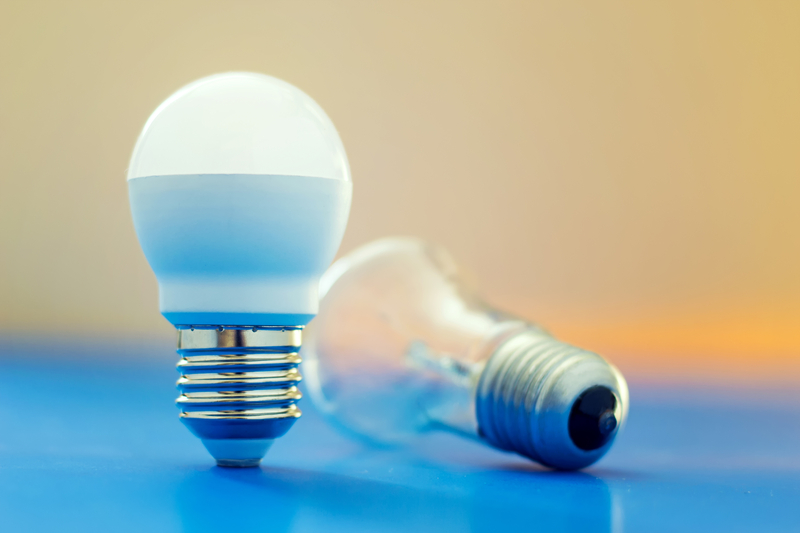
Difficulty: 4/10
Cost: $100 – $200 for the entire home
How to: Simply swap out your existing light bulbs for LED ones!
Why This Works: LED bulbs do not waste light and are more energy efficient. As you can see in the photo above, an LED bulb base is wrapped. Only allowing the bulb to emit light at 180 degrees in front of the bulb. Instead of a traditional bulb allowing light to escape at 360 degrees. LED bulbs also last a very long time. Reducing the need to purchase new bulbs frequently. On average, a homeowner can save almost $300 a year by switching to LED bulbs.
Related Post: How to Properly Recycle Lightbulbs
#10 – Unplug Unused Electronics – How To Save Energy in Winter
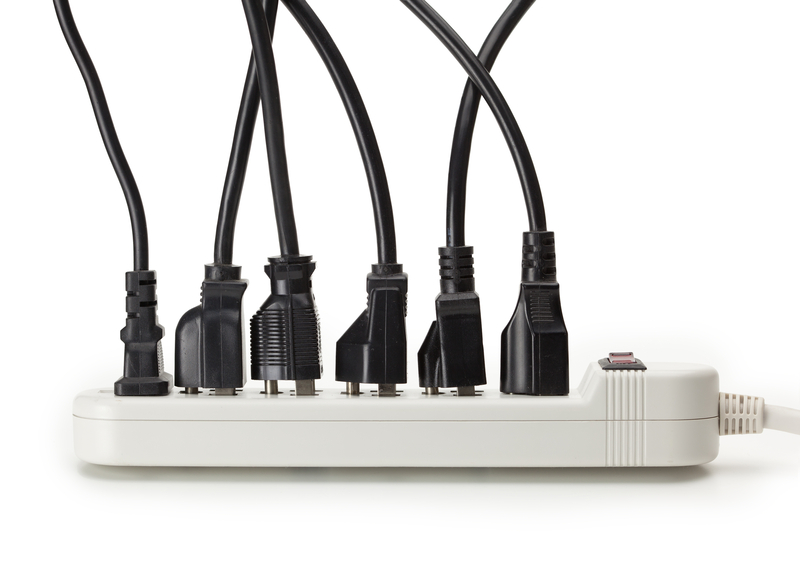
Difficulty: 0/10
Cost: $0
How to: Remove the plug from the power source when not in use
Why This Works: A lot of appliances that are left plugged in will still pull in power even if not turned on. We like to call these vampire appliances. These appliances will drain your energy and keep your bill high. So unplug anything that is plugged into an outright when it’s not in use! This is a great tip to know how to keep your electricity bill low in winter.
Related Post: Is My Appliance a Vampire Appliance?
#11 – Layer Clothes and Blankets – Simple Energy-Saving Tips for Winter

Difficulty: 0/10
Cost: $0
How to: Bundle up! Layer warm clothes and blankets – truly the easiest energy-saving tips for winter.
Why This Works: The best source of free heat is your body heat! Layering warm clothes such as sweaters, jackets, and blankets can help reduce the amount of heat you need to use in your home. Our go-to solution is to use a heated blanket! It’s still using electricity, but sometimes your electric rate can be better than your gas rate. Saving you money while still keeping you warm.
Related Post:Is it Expensive to Run a Space Heater?
#12 – Only Wash and Dry Full Loads of Laundry – Energy Saving Tips Winter 2024
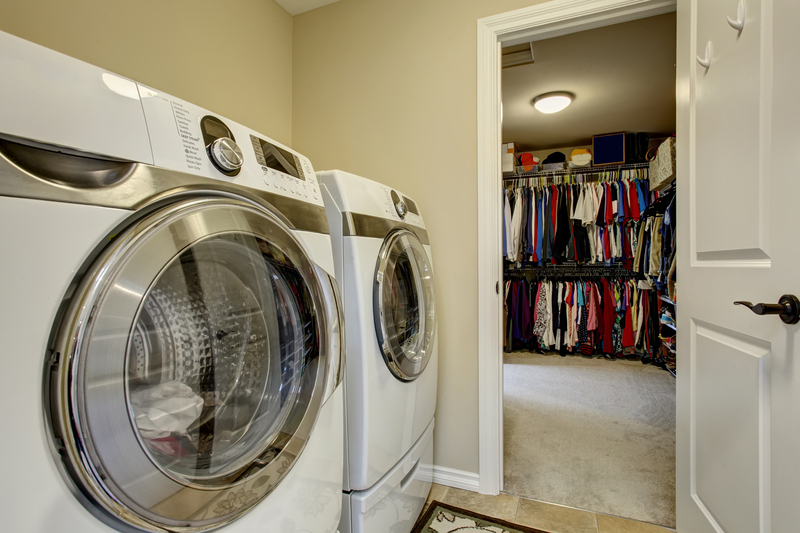
Difficulty: 1/10
Cost: $0
How to: Wait until your laundry has built up enough to run a full load
Why This Works: Waiting to run full loads of laundry can help you reduce electricity bills in winter by not having to run your washer and dryer more frequently. Doing larger loads of laundry will help you limit the amount of times your washer is running. Therefore, using up less electricity or gas!
Related Post: When is the Best Time to Do Laundry?
#13 – Insulate Your Pipes – Tips for Saving Energy in Winter
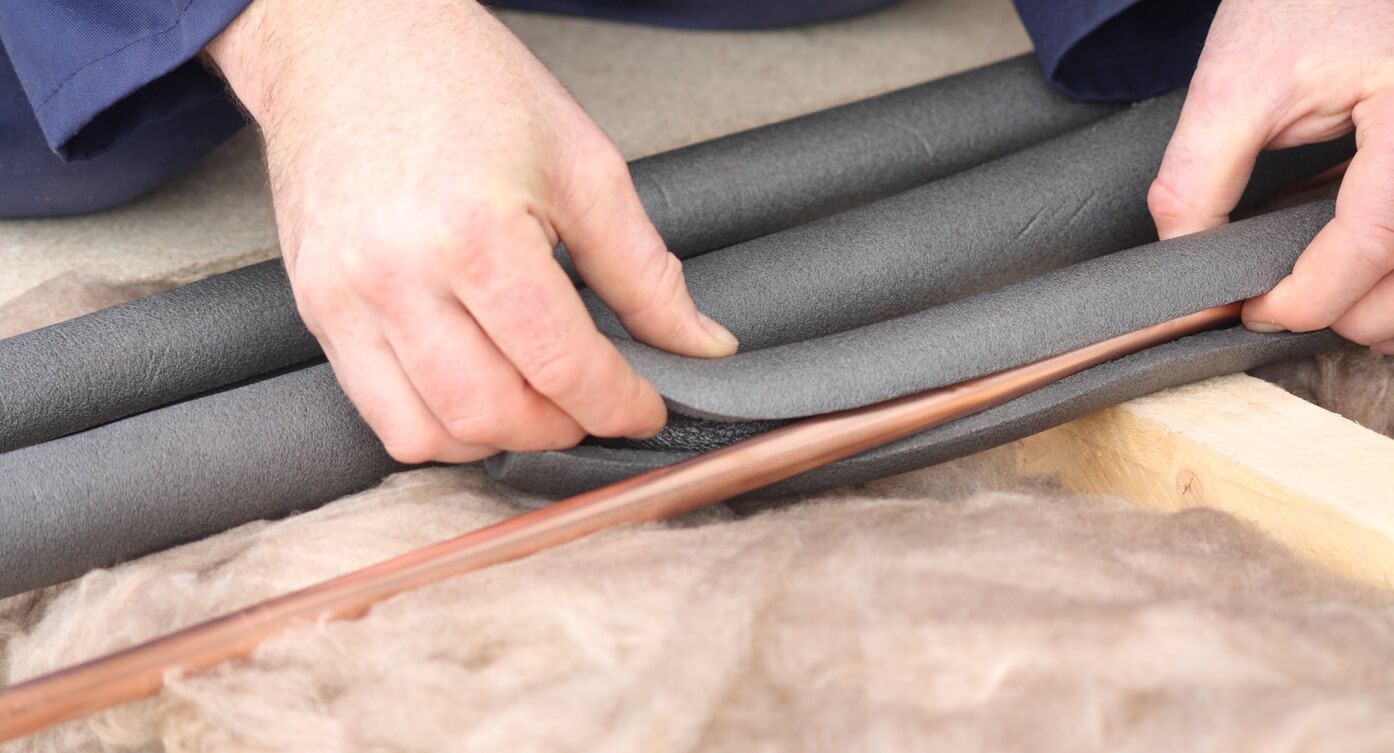
Difficulty: 6/10
Cost: $110 – $1,100 for 100 ft of professional insulation
Why This Works: Similar to insulating the walls in your home, insulating your hot water pipes will help keep them warm! This way you won’t have to use as much gas to keep the water in your pipes warm. The insulation will do that work for you. This can also help you prevent any frozen pipes from bursting and creating water damage.
Related Post: Who Provides My Electricity?
#14 – Let the Sun in During the Day
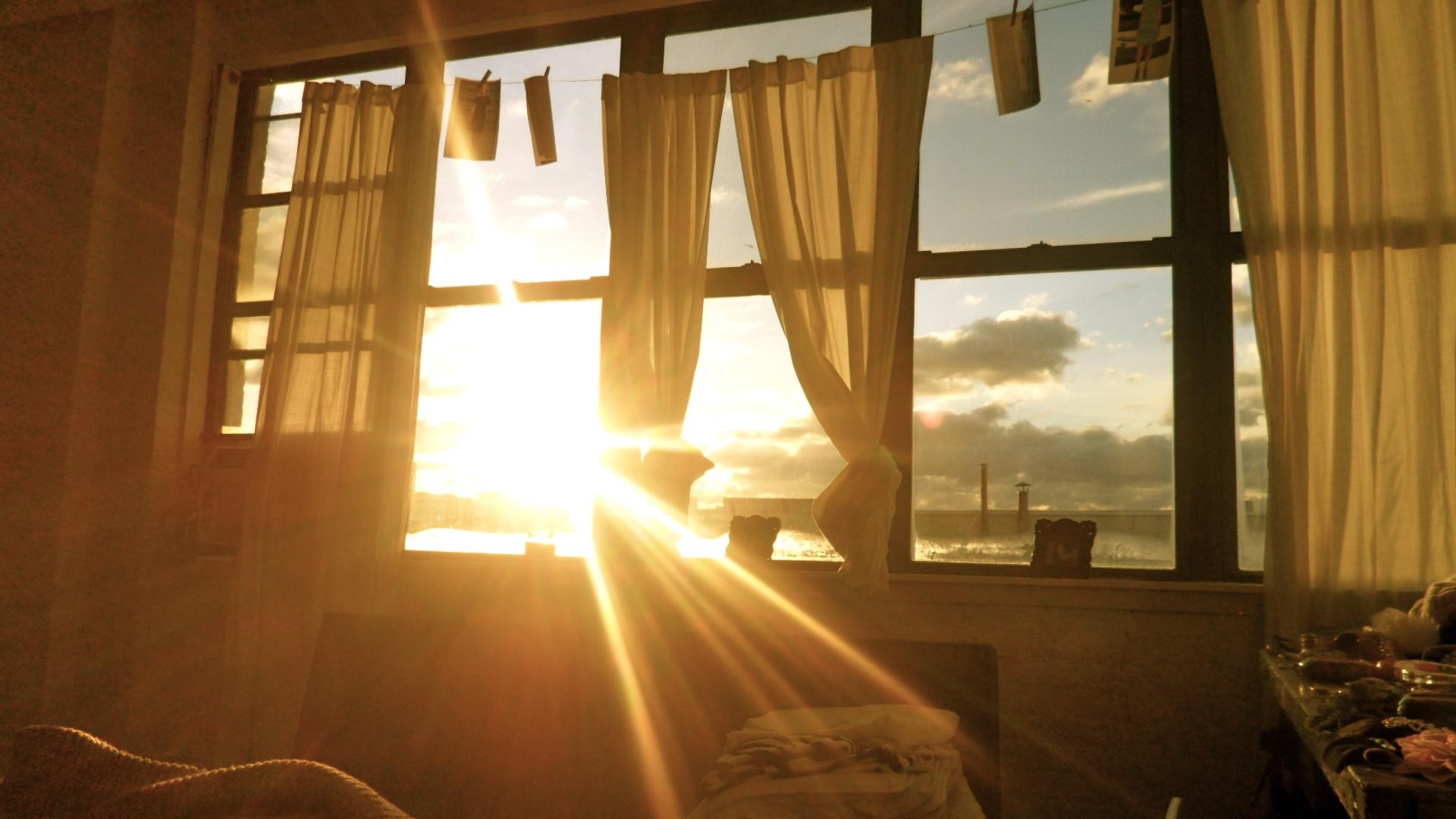
Difficulty: 0/10
Cost: $0.00
How to: Opening your curtains or blinds will allow sunlight into your home warming up your space.
Why This Works: Nothing screams how to save electricity bills in winter like using free heat. The sun is our ultimate source of heat that can be used to your advantage. And there are no solar panels needed! You can warm the internal temperature of your home by opening your curtains and blinds in the morning. Letting the sunlight into our space can heat the air, floors, and anything else the sunlight touches. The best way to take advantage of this is to also close your curtains or blinds once the sun starts to set. This will help trap the warmth in your house for a longer period.
Related Post: Learn More About Geothermal Energy
#15 – Place Rugs Down on Hard Floors
Difficulty: 3/10
Cost: $50 – $600
How to: Roll out rugs on your hardwood or tiled high-traffic surfaces
Why This Works: Rugs can be a great alternative to insulation. If your floors have weak or no insulation at all, they may be quite cold in the winter months. You’ll notice this especially when walking around your home in bare feet. A rug not only provides a soft warm layer for you to walk on. But also will help act as exterior insulation for your flooring. We recommend putting a rug in high-traffic areas such as your living room, bedroom, entryway, and kitchen.
Related Post: What is the Average Monthly Gas Bill in the US?
Winter Energy Saving Tips 2024 FAQ

Q: How to Save Electricity Bill During Winter?
A: There are many ways to save money on your energy bill this winter. There is no one thing you can do to lower your energy bill significantly. We do however recommend taking a lot of small steps to make a big dent in your energy bill. The big ones are installing a smart thermostat, insulating your pipes, insulating your home, and lowering your water heater temperature.
Q: What are the Best Energy Saving Tips in Winter 2024?
A: Switch to a Smart Thermostat, Check the insulation in your house, Weatherstrip your doors, Adjust your water heater’s temperature, Don’t block your air vents, Give your heating system a yearly check-up, Closer the damper when not using the fireplace, Turn your holiday lights off with a timer, Use LED light bulbs instead of CFL or incandescent bulbs, Unplug unused electronics, Layer clothes, and blankets, Only wash and dry full loads of laundry, Insulate your pipes, Let the sun in during the day, and to Place rugs down on hard floors
Q: What is the Cheapest Way to Heat a House?
A: Even with price hikes, the cheapest way to quickly and efficiently heat a house is central gas heating. This is especially true if you install a smart thermostat!
Do you Need Cheaper Electricity?
If you’ve taken the time to understand the information on your bill and discovered you’re paying more than you’d like for your electricity, have you looked around for a cheaper deal? The Energy Professor has a wealth of information on ways to save on your utilities, including details of top deals that could significantly reduce your monthly or quarterly electricity bills.
We hope you found this article helpful! If you are looking for ways to increase energy efficiency and sustainability in your home be sure to take a look at all of the latest renewable energy options in your area. The Energy Professor helps residential and small business owners find qualified energy suppliers in New York, New Jersey, Pennsylvania, Texas, Ohio, Maryland, Illinois, and Massachusetts

